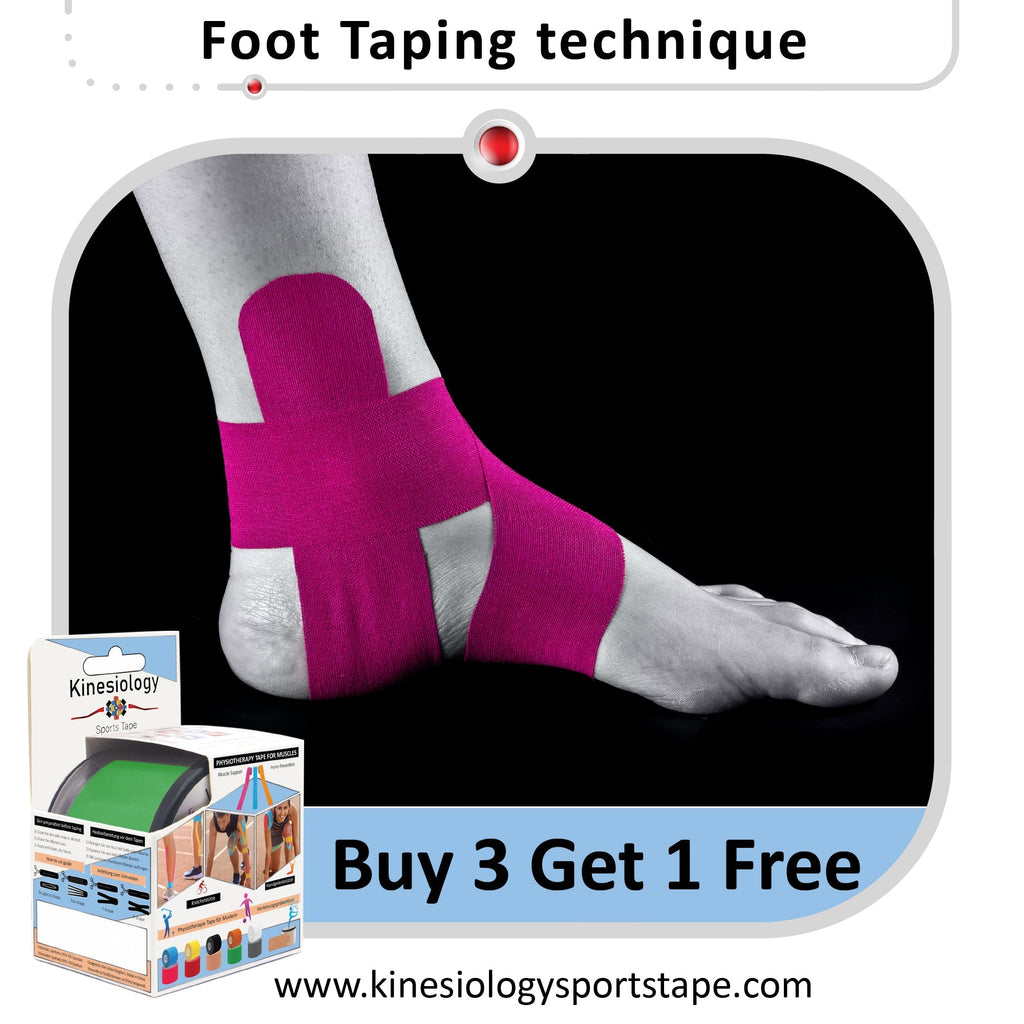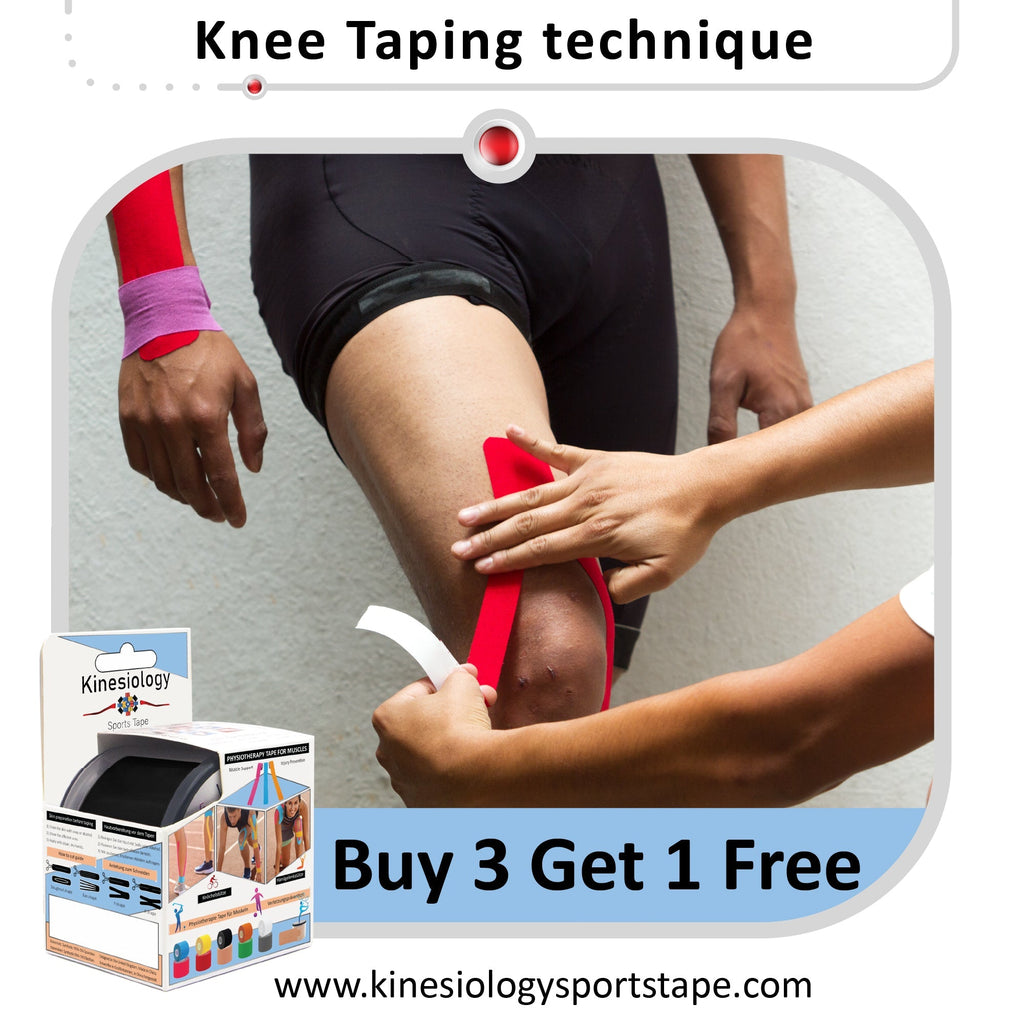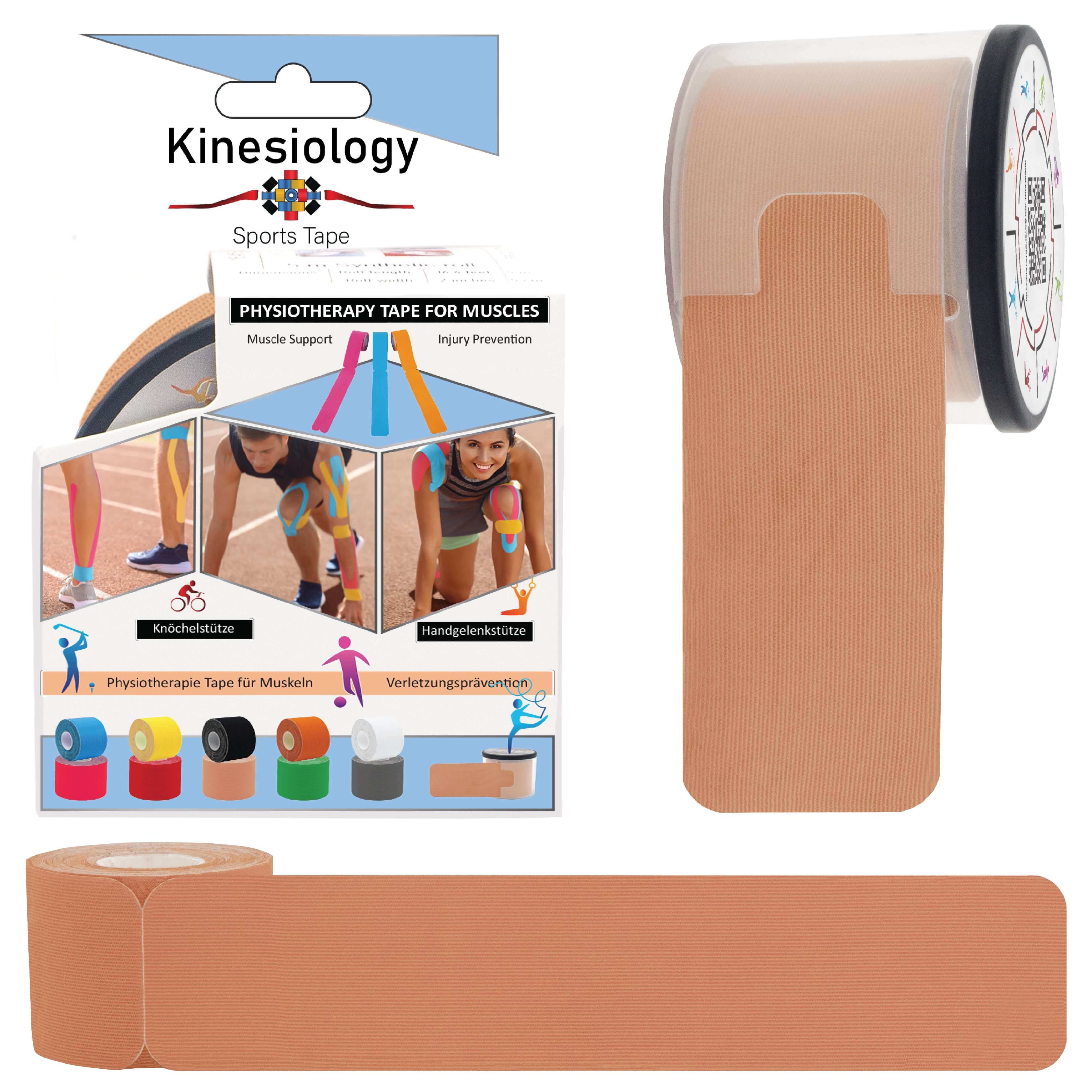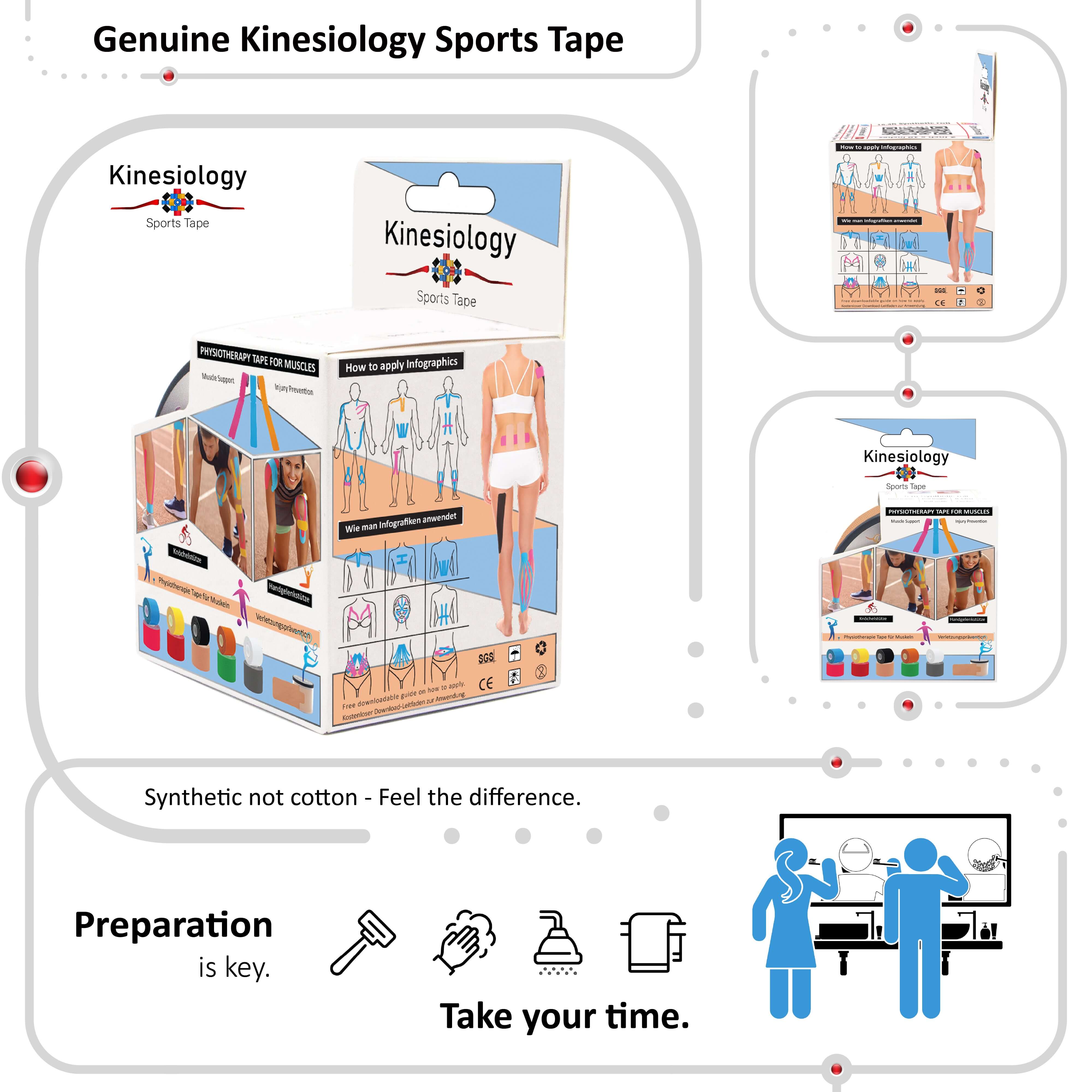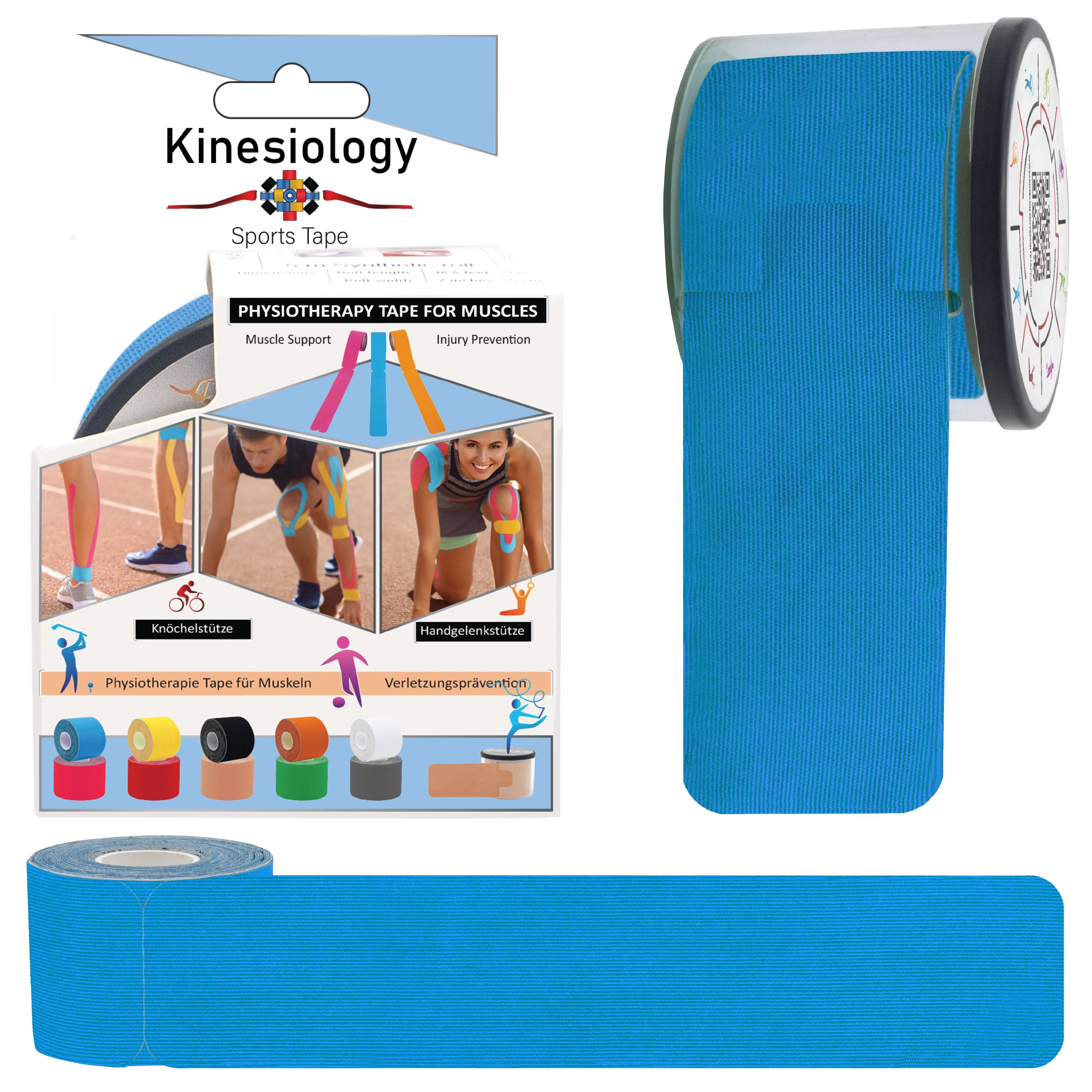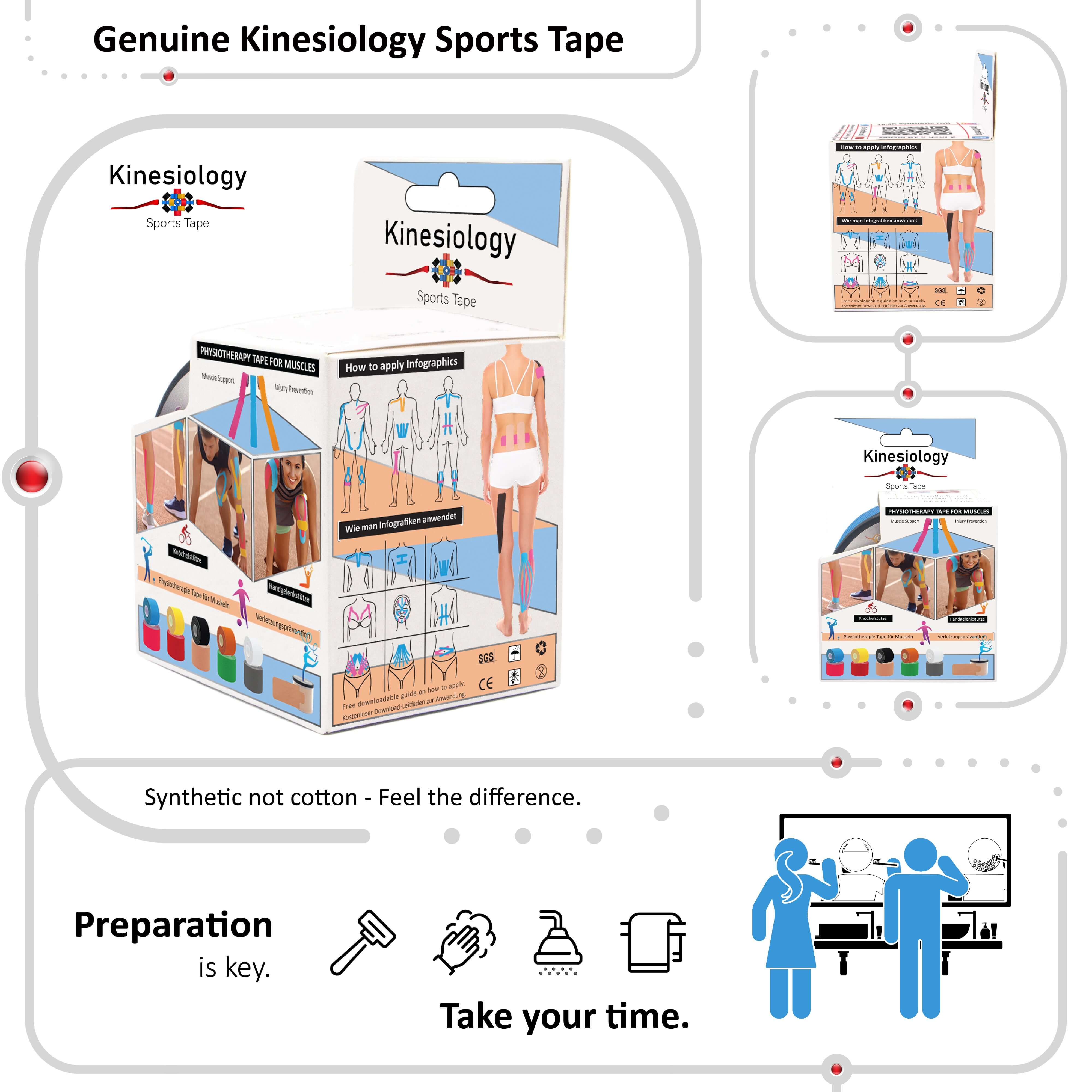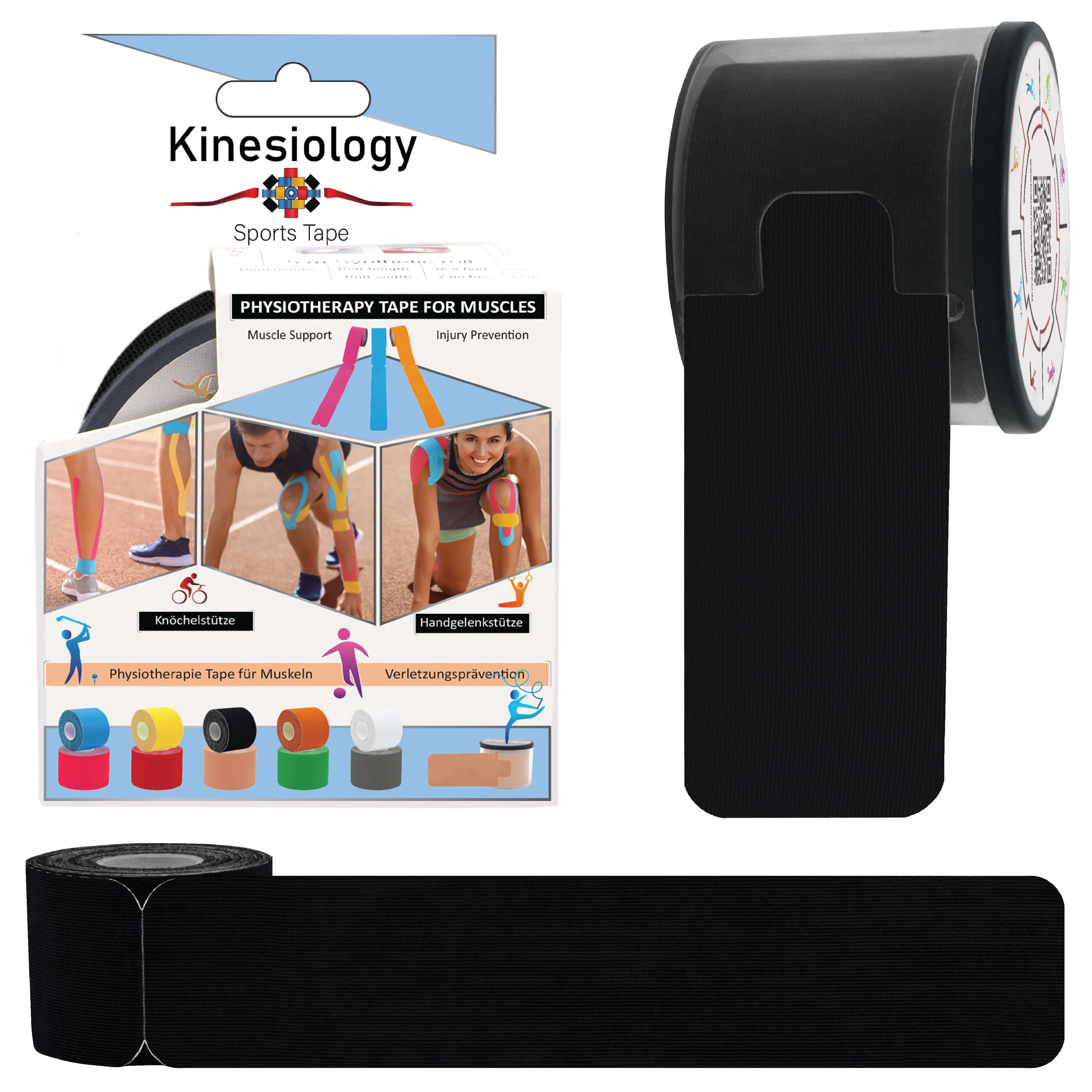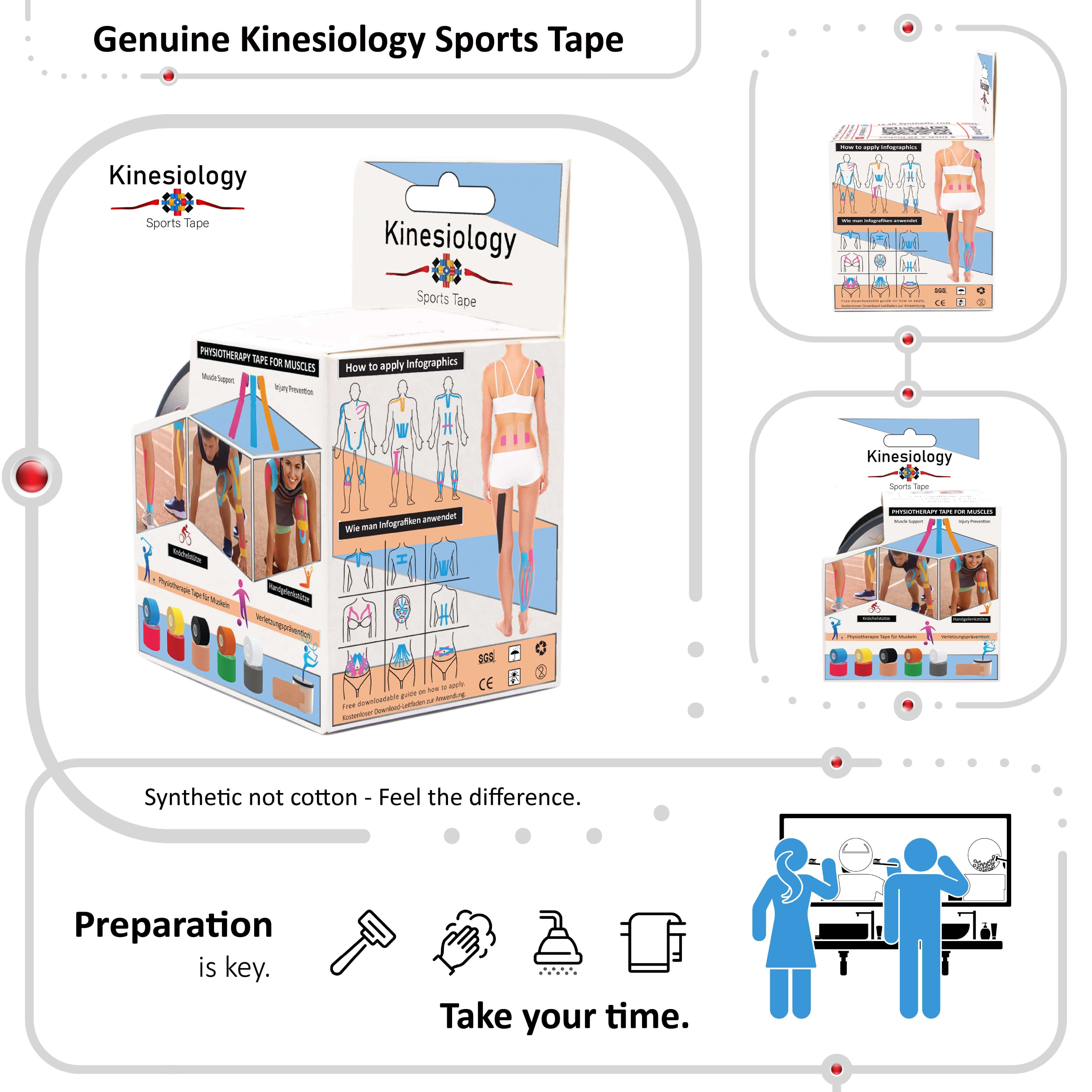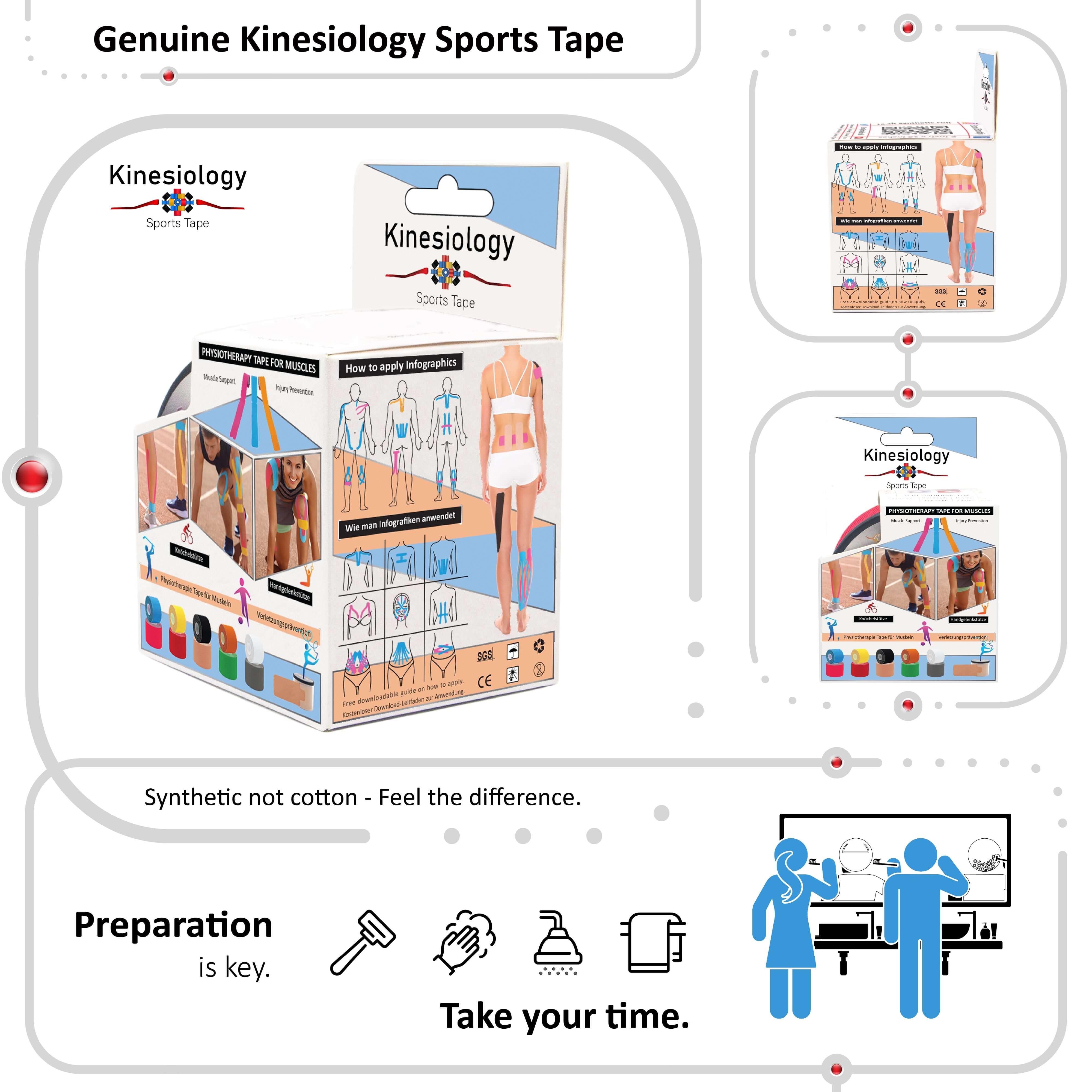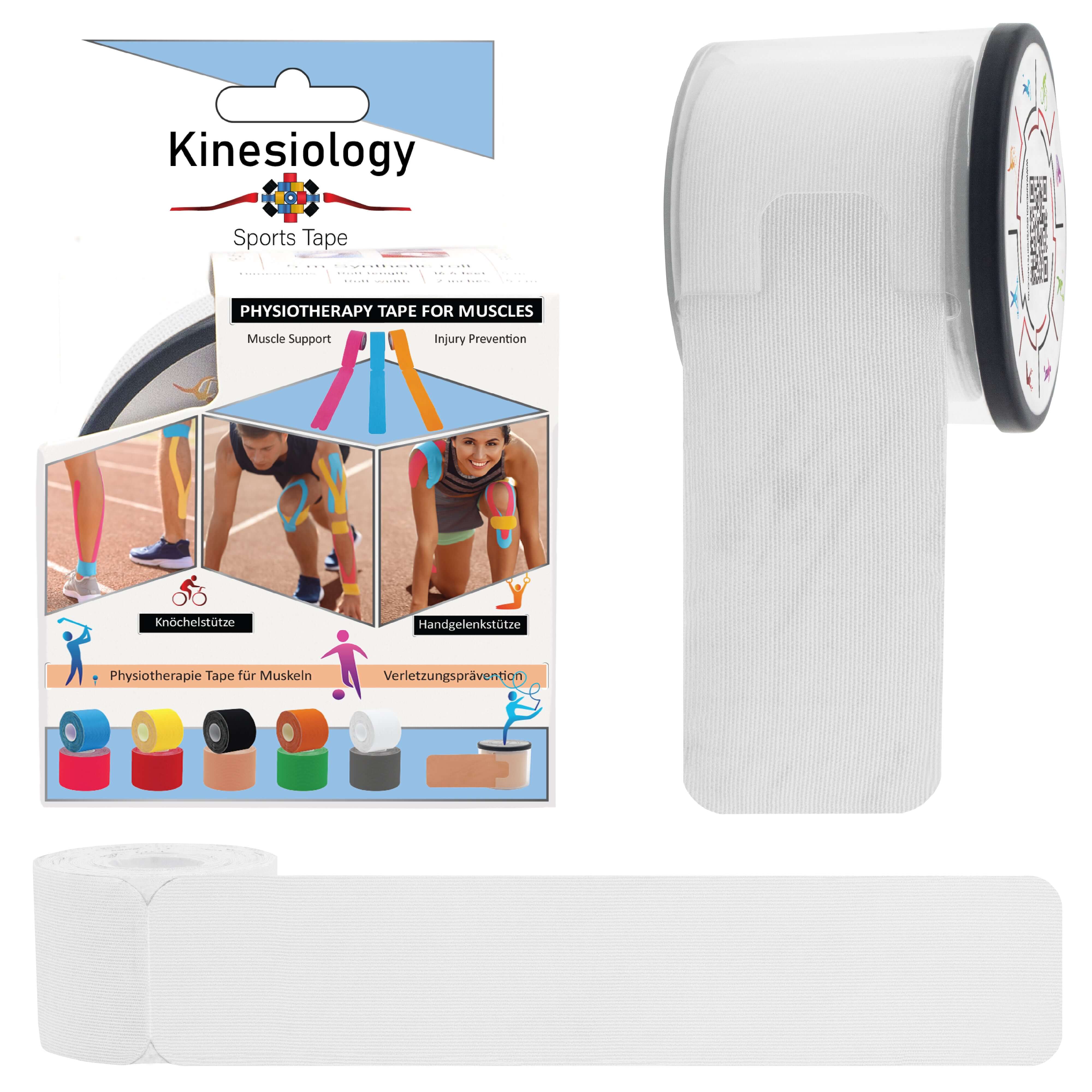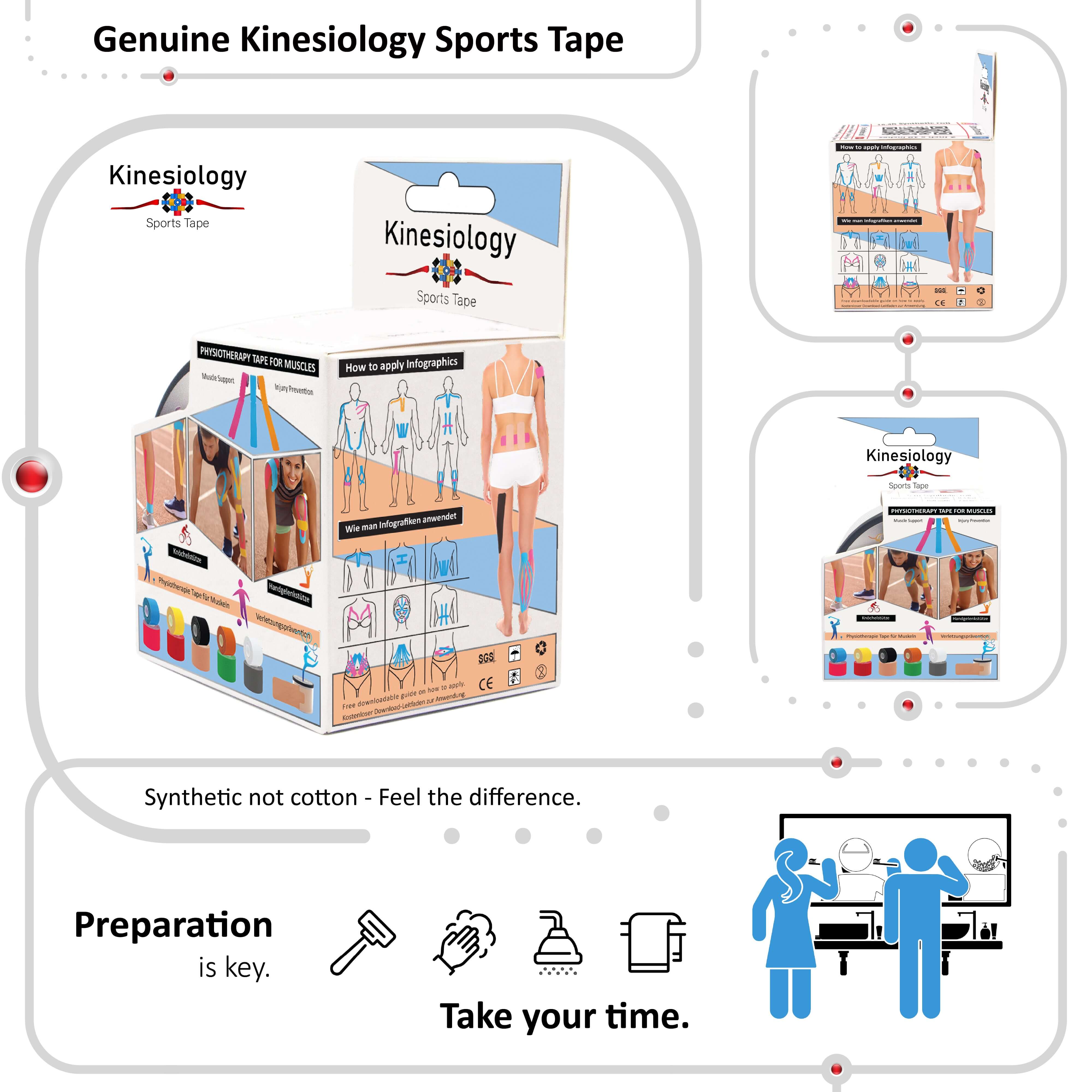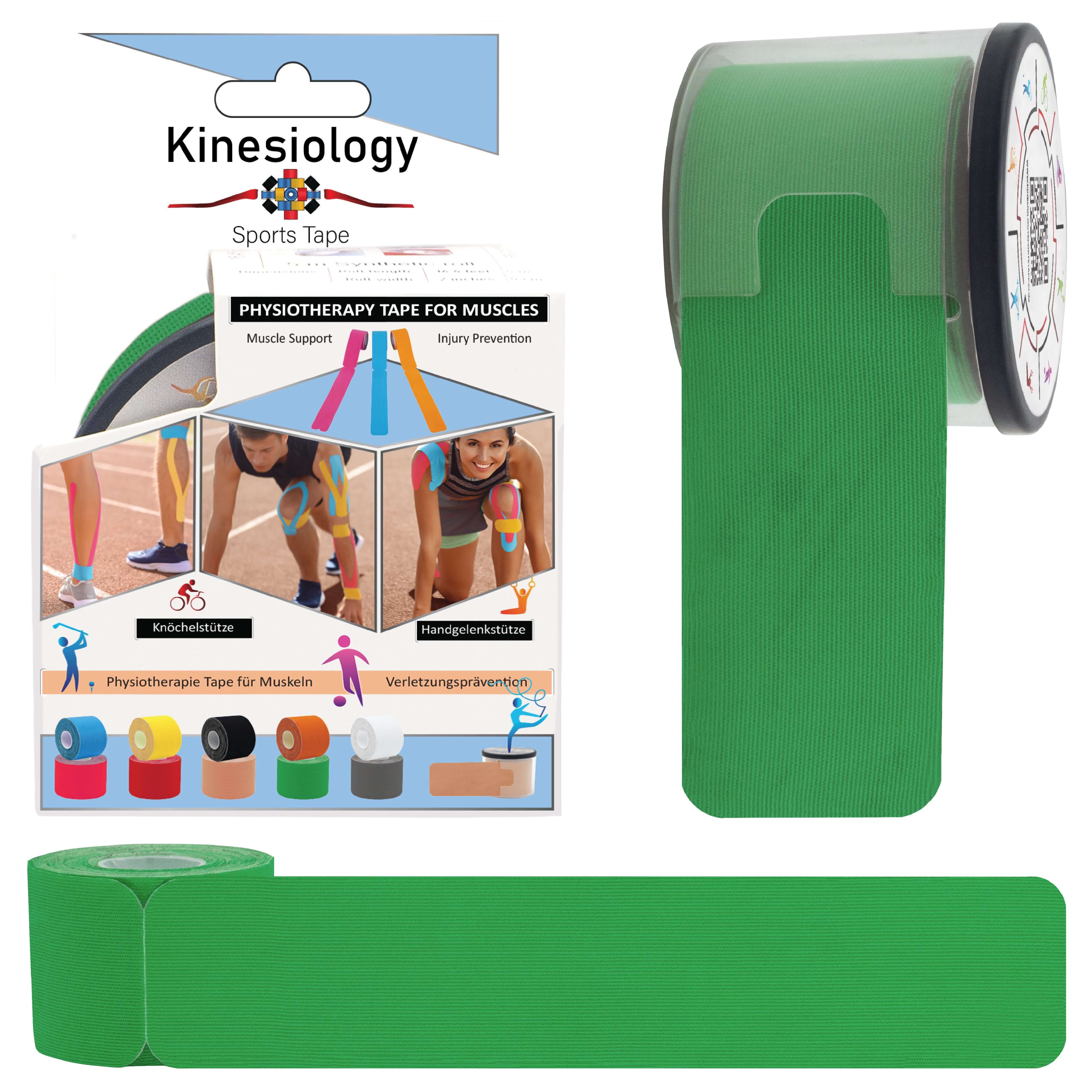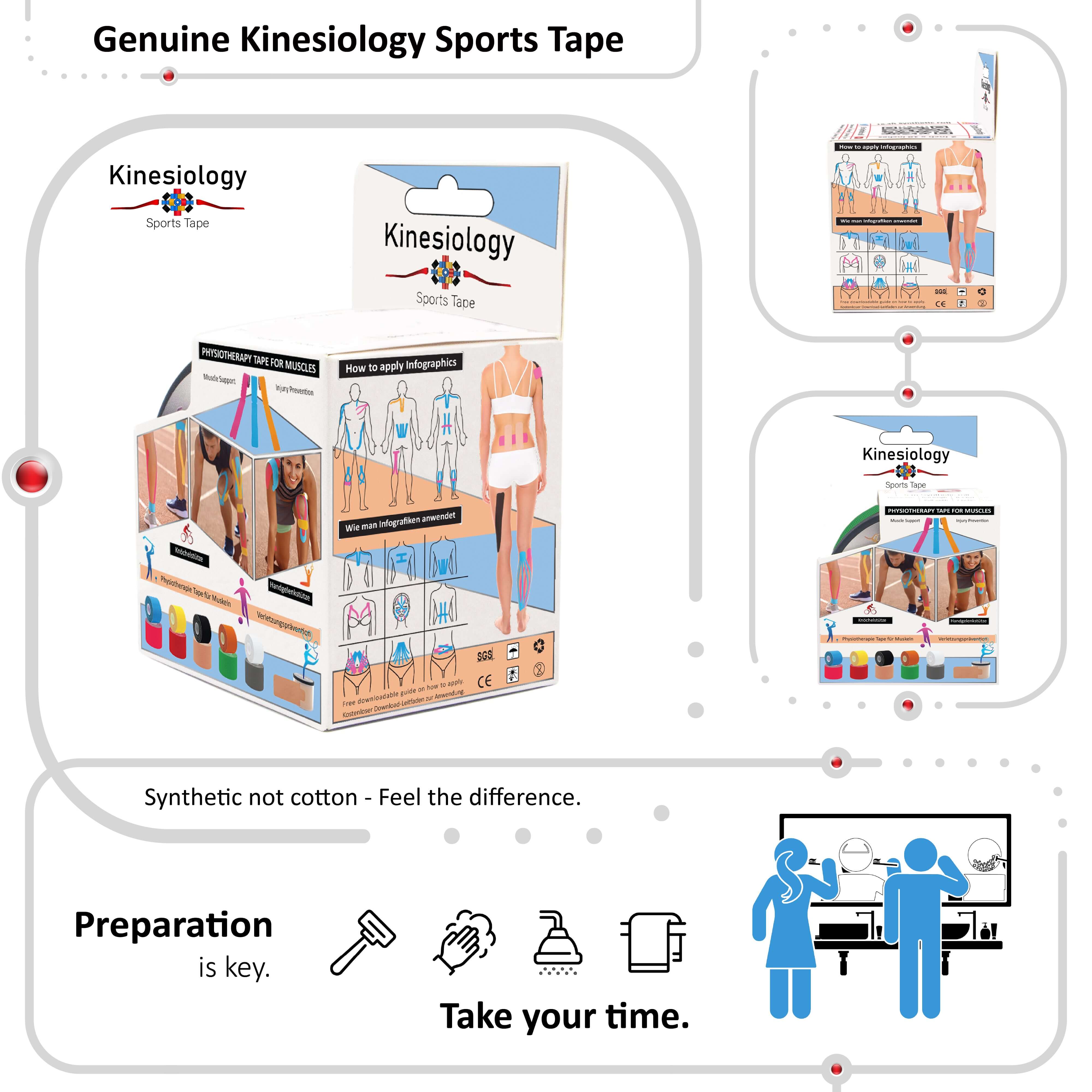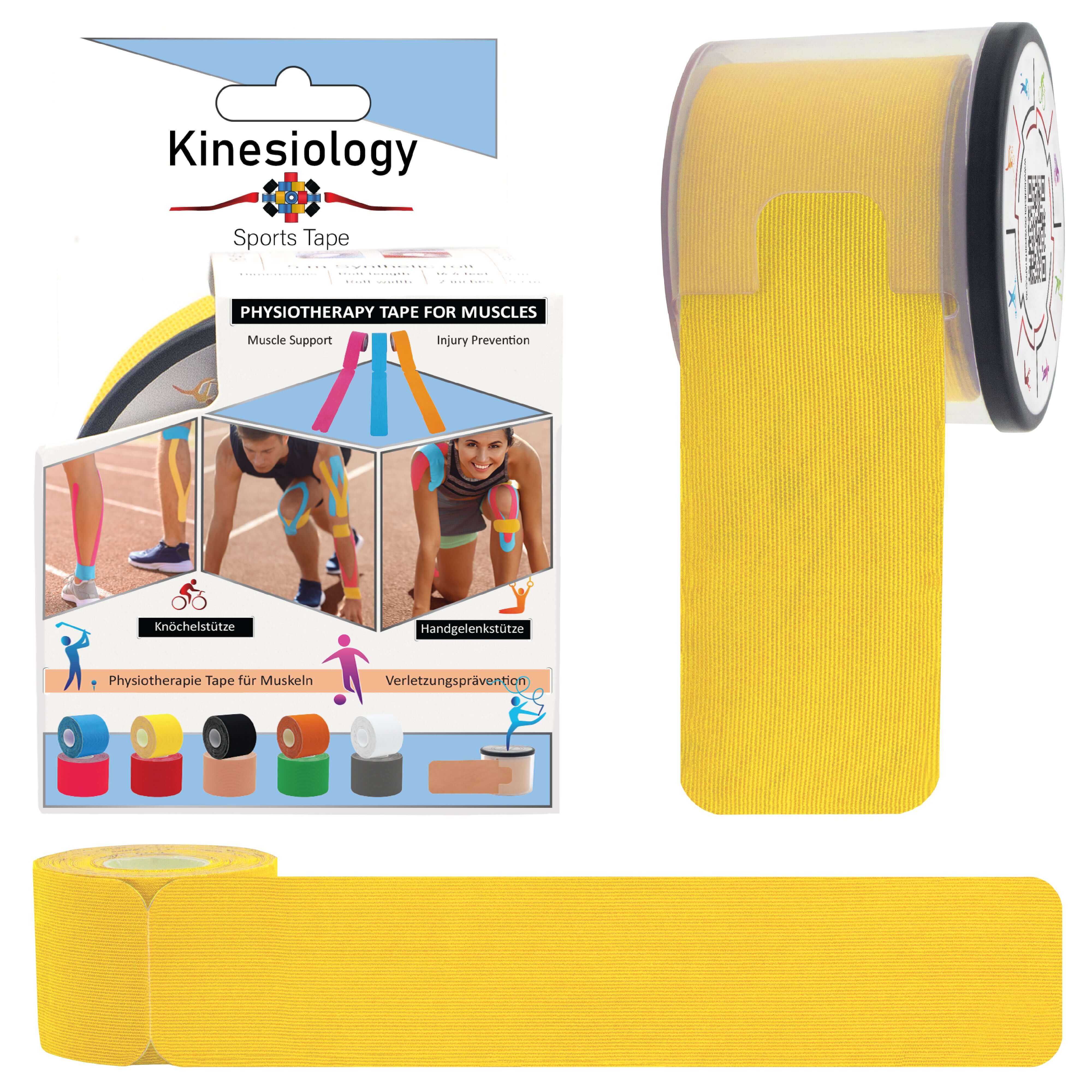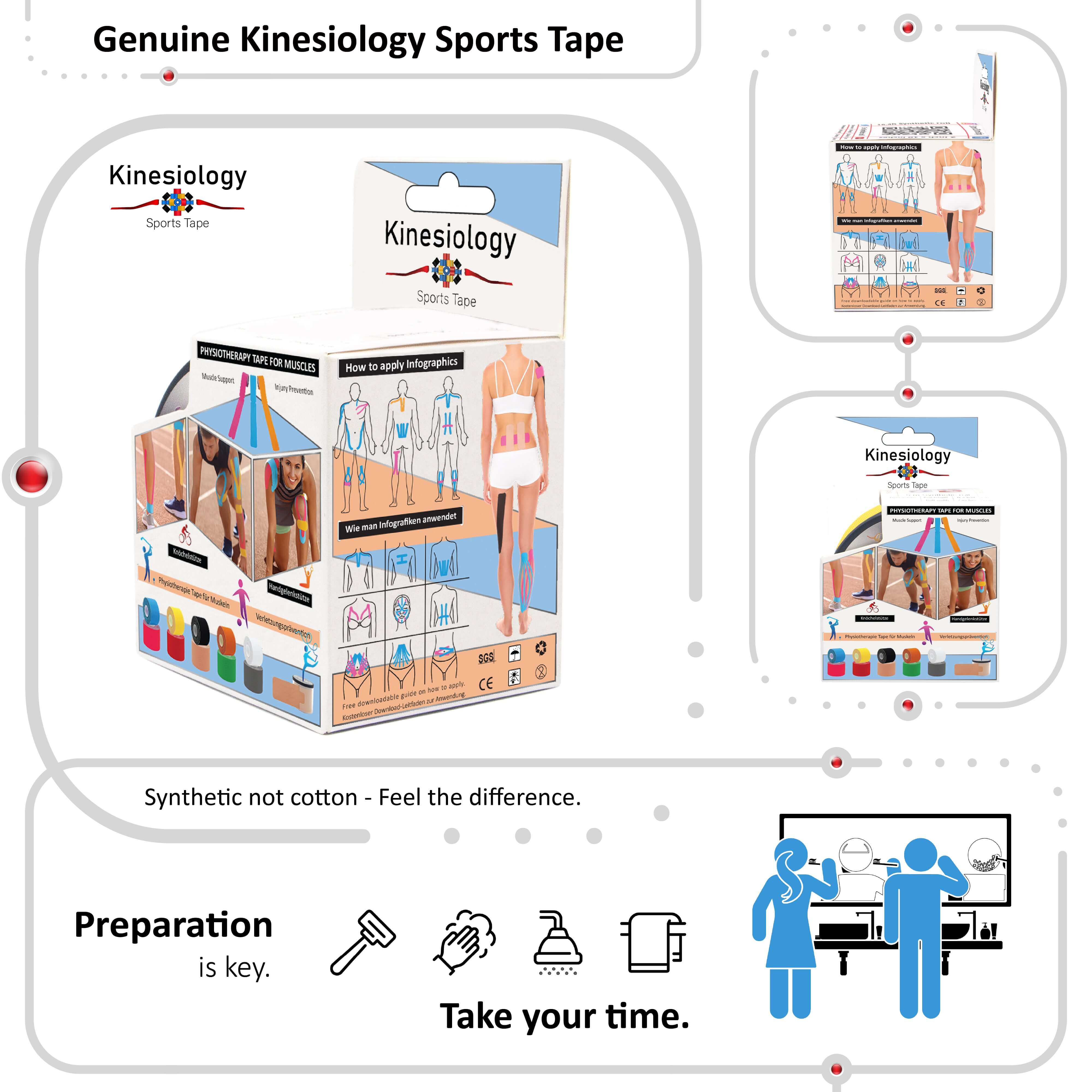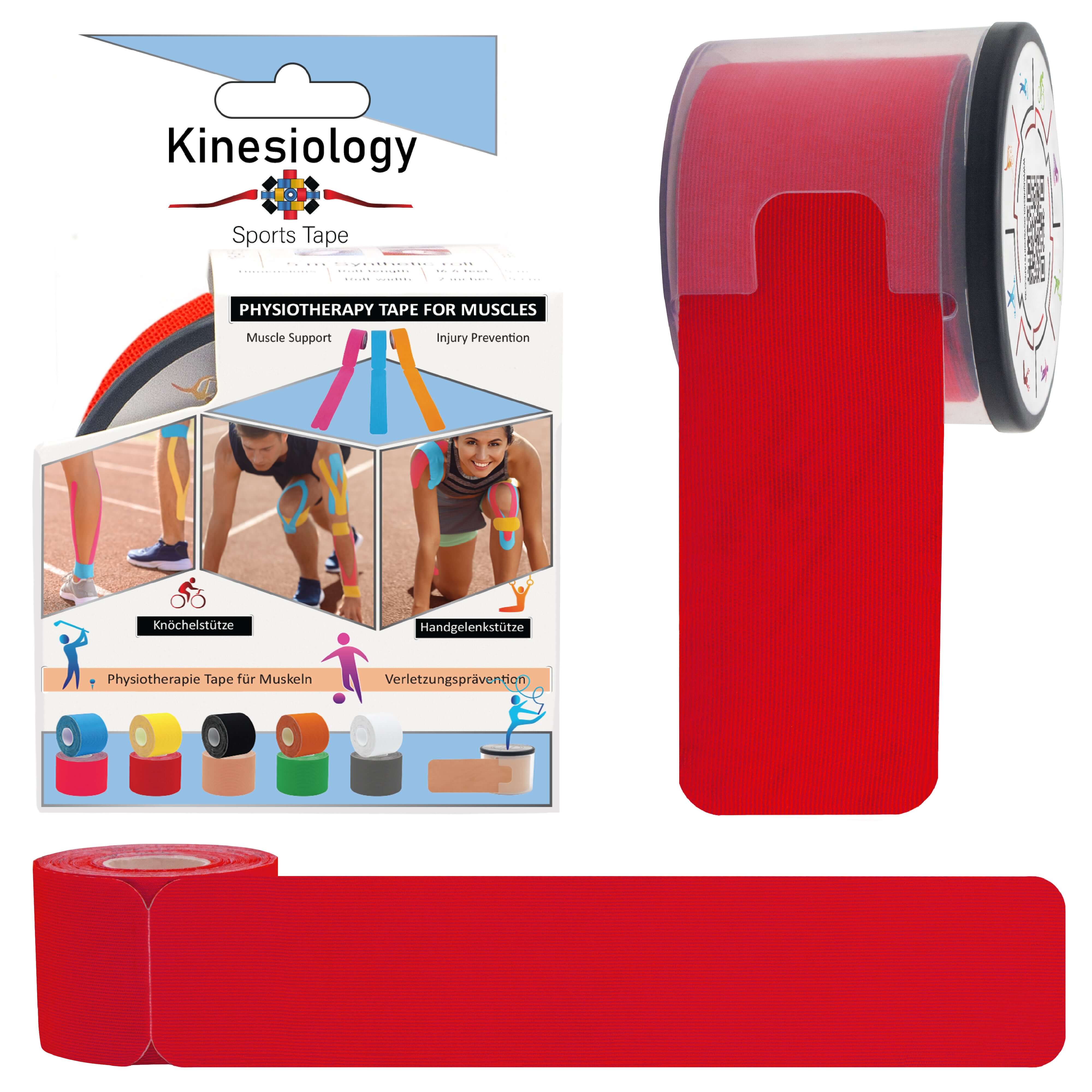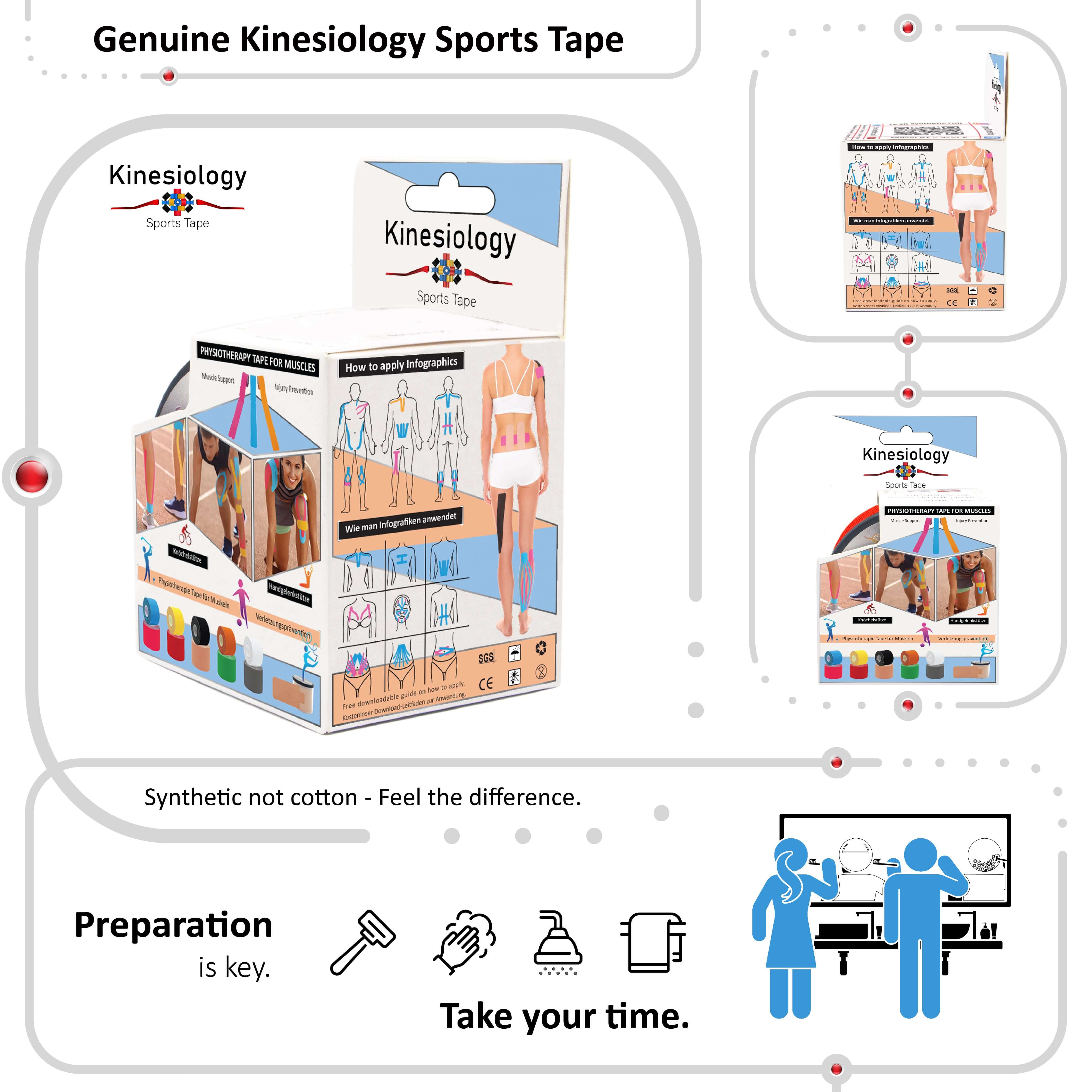
Kinesiology Tape for Posture Correction Does It Really Work?

In today’s world of desk jobs, smartphones, and sedentary routines, poor posture is more common than ever. Rounded shoulders, forward head, and slouching are affecting not only how we look but how we feel. Poor posture is linked to back pain, neck stiffness, headaches, and reduced athletic performance.
Many people turn to kinesiology tape to help correct posture. But can a few strips of stretchy tape really make a difference?
In this blog, we’ll explore:
-
How kinesiology tape works for posture correction
-
Common taping techniques for postural issues
-
The science behind it
-
When it helps and when it doesn’t
🧠 How Kinesiology Tape Affects Posture
Kinesiology tape does not force your body into a new position like a brace. Instead, it provides neuromuscular feedback a gentle reminder to hold better posture.
Here’s how it works:
-
When applied to areas like the upper back or shoulders, the tape creates tactile input to the skin.
-
This stimulates proprioceptive receptors, helping your brain stay aware of body positioning.
-
When you begin to slouch or round your shoulders, you feel the tape stretch, reminding you to correct your posture.
Think of it as a subtle, wearable posture coach not a rigid structure.
✅ Benefits of Taping for Posture
-
Improves body awareness throughout the day
-
Encourages upright positioning without restricting movement
-
May reduce muscle fatigue and tension from poor posture
-
Can be used at work, during exercise, or while sitting for long periods
-
Trains long-term habit change through consistent feedback
📌 Important: Tape doesn’t “fix” posture but it can support retraining over time, especially when combined with exercises and ergonomic changes.
📍 Common Postural Issues That Can Be Taped
| Postural Issue | Taping Target Area |
|---|---|
| Rounded shoulders | Upper trapezius, mid-back |
| Forward head posture | Upper neck, upper thoracic spine |
| Slouched upper back | Rhomboids, thoracic erectors |
| Lateral shoulder roll (internal rotation) | Pectorals, deltoids |
| Scapular winging | Lower trapezius, serratus anterior |
✂️ Taping Techniques for Posture Correction
Here are 3 of the most common posture taping methods:
🧍 1. Upper Back / Rounded Shoulder Correction
Goal: Encourage scapular retraction and shoulder alignment.
How to Apply:
-
Use two I-strips.
-
Anchor one strip just below the right shoulder blade, pulling diagonally across the spine to the left upper shoulder.
-
Repeat on the opposite side, creating an “X” over the upper back.
-
Apply 15–25% stretch through the midsection of the tape.
📌 Tip: Apply while the person stands tall with shoulders gently pulled back.
🧠 2. Neck & Forward Head Posture
Goal: Cue head positioning and reduce neck strain.
How to Apply:
-
Cut a Y-strip.
-
Anchor the base between the shoulder blades.
-
Apply the two tails upward along each side of the neck toward the base of the skull.
-
Stretch: 10–20% through the midsection.
This setup encourages a more upright head position and decreases tension in the cervical extensors.
📏 3. Thoracic Extension / Upright Spine Cue
Goal: Encourage thoracic extension to reduce slumping.
How to Apply:
-
Use two vertical I-strips.
-
Apply one on either side of the spine, from mid-back to just below the neck.
-
Apply with 15–25% stretch through the center.
This setup helps create feedback when the person begins to slouch forward, reminding them to sit or stand taller.
📚 What Does the Research Say?
The evidence behind kinesiology taping for posture is promising but limited:
-
Short-term improvements: Studies show tape improves postural awareness and mild improvements in alignment, especially in people with chronic neck or upper back pain.
-
Muscle activation: Taping can promote activity in postural stabilizers like the lower traps and rhomboids.
-
Pain relief: People with posture-related discomfort may experience reduced pain due to improved mechanics and proprioception.
However, research also shows:
-
Tape does not correct structural alignment long-term unless combined with strength and mobility training.
-
Results vary based on taping technique and individual differences in awareness and sensitivity.
📖 A 2021 study in the Journal of Bodywork and Movement Therapies found kinesiology tape led to moderate short-term improvements in posture and pain in office workers, but long-term posture changes depended on exercise adherence.
⚖️ When Is Taping Most Useful?
Kinesiology tape for posture may be especially helpful for:
-
People with desk jobs or tech-neck
-
Early rehab from neck or back injuries
-
Those who slouch unconsciously and benefit from tactile reminders
-
Athletes needing cueing during performance (e.g., weightlifting posture)
🚫 When Not to Rely on Tape
Avoid depending on tape if:
-
You have structural spinal issues (e.g., scoliosis, kyphosis) see a specialist
-
You’re using it as a substitute for strength or ergonomic change
-
You’re applying it with poor technique (it won’t help and may irritate your skin)
🏁 Final Thoughts: Tape is a Tool, Not a Fix
Kinesiology tape won’t magically fix posture, but it can:
-
Provide helpful, constant feedback
-
Reinforce proper positioning
-
Support movement retraining
-
Reduce posture-related discomfort
For best results, combine taping with:
-
Strengthening of postural muscles (like rhomboids, traps, deep neck flexors)
-
Stretching of tight areas (like pecs, lats, and upper traps)
-
Ergonomic adjustments (desk, chair, monitor height)

